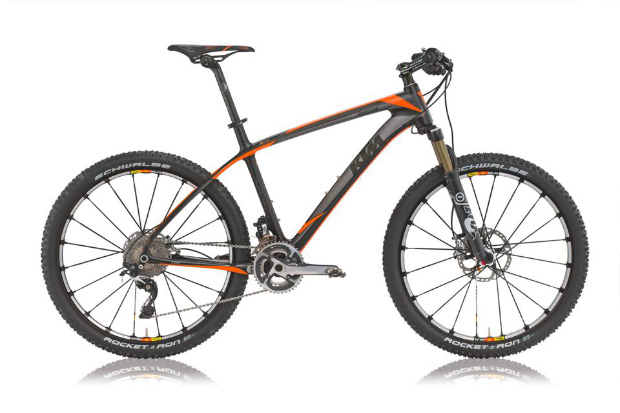Every year, Specialized gives its (potential) costumers a chance to test drive their top models. You’ve all probably heard something about 29″ bikes, or as some call them – 29ers. Since I really wanted to see what’s the deal with that, I tried one of their many new 29″ models – Specialized Stumpjumper Expert Carbon 29 HT. Personally, by just looking at them, I never really liked 29ers. To me they seemed rather childish with those big wheels and little frames. Well, at least that last one is a matter of perception, but you’ll find many bikers say they look pretty funny.
In theory
Bikes with 29 inch wheels should really be better, because of a few theoretical things regarding simple physics:
- less power is needed to spin the wheels (bigger momentum)
- they handle obstacles better
- have better cornering and climbing traction (because of the longer tire contact patch)
- lower center of gravity (which should keep you more stable on the bike)
As I already mentioned, there has been a lot of buzz last couple of years about 29ers, but it was just recently, in 2012 to be precise, that mayor bike companies like Specialized, decided to convert some old models to 29 inches, and make some new ones.
So let’s just fit the old bikes with some 29 inch rims? Well, not necessarily. The process of “converting” 26ers to 29ers is a lot more than just replacing the wheels. As you can see on the photo (it’s a roll-over image), when comparing a 29 inch bike to a 26 inch, it looks as if someone squeezed the frame of the bike from both sides. Like there just isn’t enough room. Well, that’s because it really isn’t.

In reality
In reality things are a lot different. First of all, I really can’t say that I have noticed any difference climbing the hill, from the standard 26 inch rim bike. Then I thought – maybe it will show itself better going downhill.
But it didn’t. First of all, the overall steering on the bike is kind of… strange. I don’t really know how to explain it, but it kinda feels like the steering is not linear. When you start to steer a little bit, nothing really happens, and then when you get to a certain point – you just steer too much.
The second thing is the distance between the wheels. As all the manufacturers claim, the distance between the wheels on 29 inch bikes is the same as on 26 inch, which is true, but only when you take into consideration center of the wheel – not the wheel itself. As you can clearly see the picture, you have much less space between the wheels on a 29er, which can be the source of serious problems if you ride on flat pedals (like myself), because the top of you shoe will interfere with the front wheel in sharp corners.
As I already mentioned, on Specialized Demo Day I had a chance to try out one of the best Specialized 29ers, but It didn’t end up as well as I hoped. The bike ended up well (me two), but if I had built up more speed, I would have done a major clusterfuck to the bike I was riding and myself.
27.5 inches?
Apparently, 27.5 inches is the new sweet-spot. I’ve never tried them, but people who did say that they are the real compromise. The real question is – does that extra one and a half inch really make any difference at all? I guess that’s the question for some other article, and another test drive. But to be honest, it turns out I’m a more 26″ kind of guy.
0